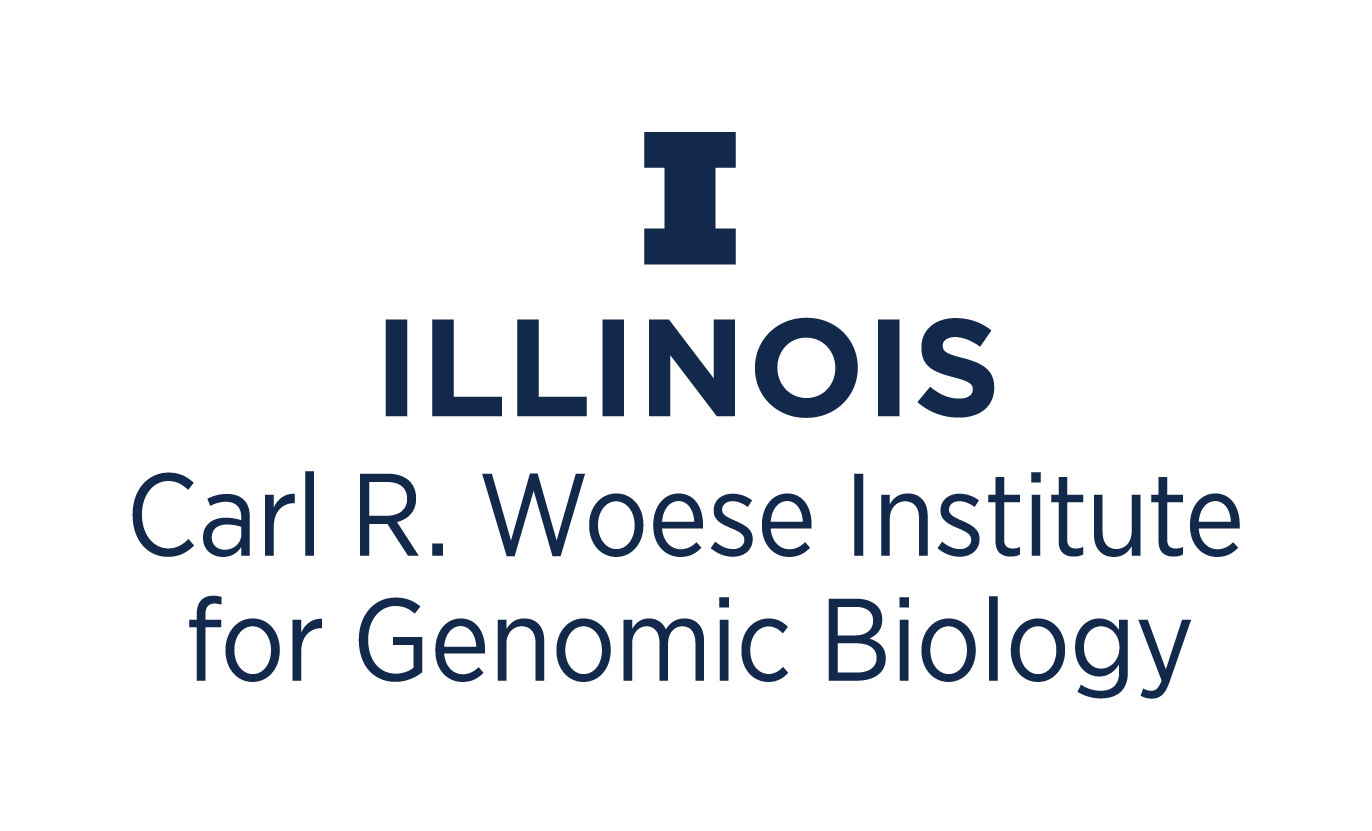New Theme Leader Brings Engineering Background to Biology
Many members of the scientific community who know of Paul Kenis’ work in, among other things, microfuel cells, might be surprised to find him affiliated with the Regenerative Biology and Tissue Engineering (ReBTE) theme at IGB.
For Kenis, however, it is a logical extension of his research interests. Kenis, a chemical engineer, says that his expertise in what he describes as “control over transport phenomena” can be applied to many big questions, whether of a chemical or a biological nature. Many biologists have recognized how useful his expertise in microfluidics and microscale platforms can be. And, as a result, over the last five years Kenis has worked increasingly to develop “engineering tools to enable biological studies.”
“I would not describe myself as an expert in a single area of biology or chemistry,” says Kenis, who is currently leads the ReBTE theme. “It’s more that we develop tools and look at the problems we can solve with them.”
One tool he is developing in collaboration with Larry Schook, the former theme leader of ReBTE and professor of comparative genomics, Rex Gaskins, professor of animal sciences, IGB Fellow Tor Jensen, and others involves enriching hematopoietic stem cells (stem cells that give rise to all types of blood cells) from umbilical cord blood to enable more effective blood transplantations. Because CD34 proteins are common on the surface of these stem cells and not on other cells, Kenis, Gaskins and Jensen immobilized an antibody to which CD34 proteins bind on a self-assembled monolayer. This monolayer is on a platform with microfluidic channels through which a sample (blood), with many types of cells, can flow.
“Thus we use our microfluidic approaches to start sorting of cells,” says Kenis.
The key challenge is to control the flow of the sample through small channels at the proper rate, giving the stem cells a chance to bind to the surface.
“If you flow too fast nothing will bind no matter what surface is there, so you need to engineer the shear forces. Also, shear can kill cells so you want to be very gentle,” Kenis says.
Once the cells are captured, the challenge is to release them from the antibody surface by introducing a buffer solution at a higher flow rate while again avoiding shear levels that would kill the cells.
In a second project, Kenis is working with Gaskins, who is interested in observing and measuring changes in the redox state of cells in relation to cell cycle events such as proliferation or differentiation.
“We know that the redox regulation of certain cancerous cells is abnormal,” says Kenis, “but which came first, distorted redox regulation mechanisms or cells becoming cancerous? No one has looked at this yet.”
Together with Vladimir Kolossov, a visiting assistant professor at the IGB, they have created FRET biosensors, or protein constructs, that can be placed inside a cell and are capable of monitoring the redox environment. By using FRET (Fluorescence Resonance Energy Transfer) biosensors, the emission spectrum will change depending on the intracellular redox state.
“That will show us when and if cells change while proliferating or differentiating,” Kenis says.
Kenis also is working to engineer an electrochemical platform that can precisely shift the redox environment of cells from the outside. Future use of this platform in combination with the FRET biosensors inside the cells will enable in situ observation of changes in the intracellular redox environment, hopefully at the organelle level.
In another, newly emerging, project, Kenis is collaborating with several ReBTE theme members, including Marie-Claude Hofmann, who is on the faculty in veterinary biosciences, and Joon Kong, an assistant professor in chemical and biomolecular engineering. In this effort Kenis’ group is engineering a microfluidic platform that enables researchers to look at the behavior of cells exposed to concentration gradients of growth factors such as VEGF.
Hofmann and Kong would like to know how much growth factor certain cells need to proliferate and/or differentiate, specifically to induce revascularization, the regeneration of blood vessels. The platform will allow cells to be exposed to different concentrations of growth factor. It will allow cells to migrate toward the most amenable environment, whatever that might be, helping researchers identify the ideal conditions for cell proliferation and, perhaps, differentiation.
Kenis brings skills to the table that few, if any, researchers in the biological sciences possess, and the potential payoff can be enormous. The platforms will help investigators to more quickly understand the biological processes underlying specific diseases or tissue regeneration processes. This improved understanding has the potential to lead to more effective clinical approaches for wound healing or tissue repair, such as engineered scaffolds that can deliver the right amount of certain growth factors. Such strategies also can be used to reduce inflammation and scar formation, says Kenis.
Kenis credits the IGB for bringing him together with many of his collaborators.
“The IGB is an example of an institute that promotes multidisciplinary research,” he says. “The expertise from vastly different corners of the campus is much bigger than the sum of its pieces. This is what a theme like this in IGB enables: bringing people together. Students and postdocs with an engineering or biology background now work side by side in the same lab toward a common goal, leveraging each other’s expertise.”
By:
Photos By:

